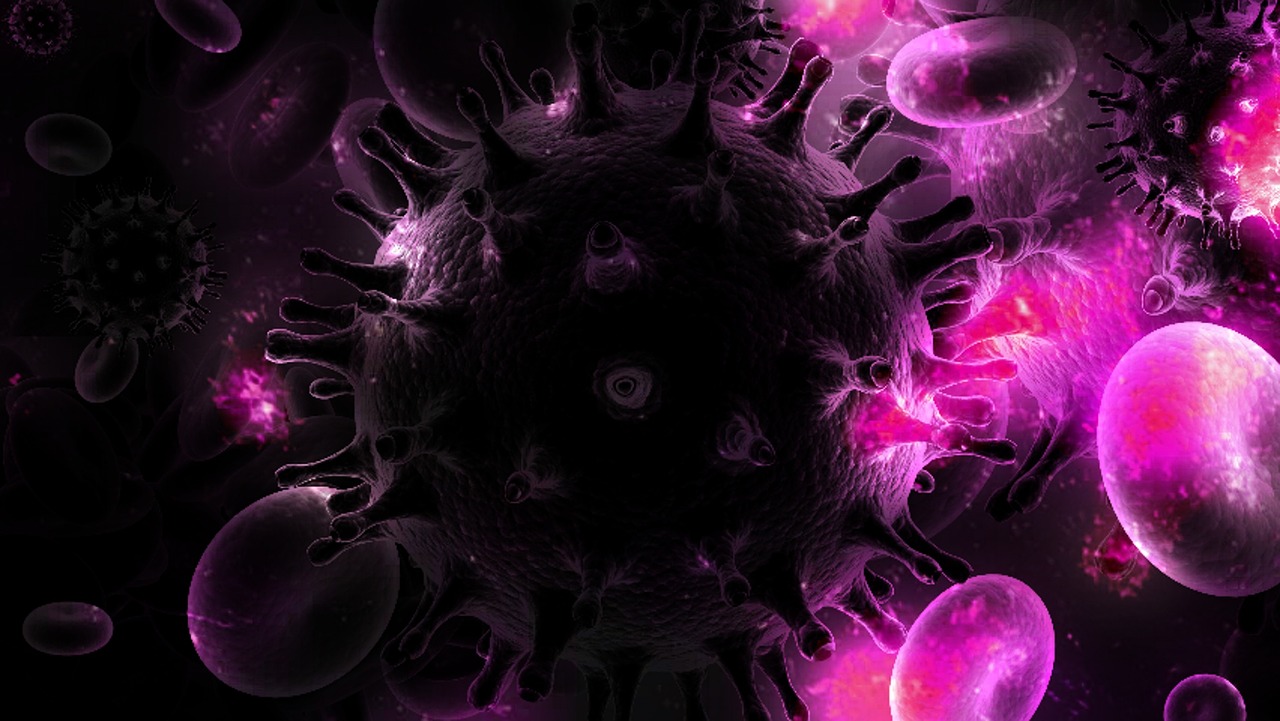Chagas disease, or American trypanosomiasis, causes symptoms like diarrhea and fever in its early stages; more severe symptoms include cardiac arrest and megacolon. This condition has affected up to 300,000 people in the U.S. and 10 to 20 million world wide. While Chagas is starting to affect U.S. citizens, most of the cases are in impoverished areas of Latin America.
Also called a kissing bug, the parasite, trypanosoma cruzi, transmits the disease in a rather filthy manner. First, it infects animals or humans by biting them, primarily on their lips. Soon after, it transmits the disease through its feces that is left behind. When the victims wake, they don’t notice it and by rubbing their faces, spread it throughout.
So, Chagas causes diarrhea, heart failure, and fecal matter. Yet, it is “the most neglected of all neglected diseases,” according to researchers from Atlanta. This is because many doctors aren’t aware of the prevalence of this disease and are, therefore, not testing their patients for it. Moreover, testing for Chagas only requires simple procedures such as different types of x-rays. Since the disease is gravely neglected, it commonly develops in the body unnoticed causing heart failure and other deadly complications that, by the time they are realized, can no longer be treated with medicine.
Chagas has drawn comparisons from many public health sources, most notably the PLOS Neglected Tropical Disease journal Then, what makes it so similar to HIV?
First, since both of them are blood-borne pathogens, they are potentially transmitted through blood transfusions and congenitally from mother to newborn. Moreover, both fatal diseases cause life-long infections for which there are no prevention methods, just treatments. And in terms of demographics, they are prevalent in poverty-stricken areas, as bed bugs tend to appear more commonly in areas with less developed sanitation systems.
On the other hand, there are clear differences between the two which reflect that HIV is more severe. While HIV almost always becomes fatal with lack of treatment, Chagas patients typically do not suffer severe clinical symptoms associated with the disease. Furthermore, HIV is primarily transmitted sexually, while Chagas is vector-borne, i.e. kissing bugs on your face. And while both diseases are far from innocuous, HIV presents a greater risk as it is almost always fatal, compared to the 20%-30% rate at which Chagas causes debilitating illnesses like cardiomyopathy.
Ultimately, while Chagas draws definite similarities to HIV, I do not believe it to be the “new HIV.” Keep in mind, this is a positive thing because humanity cannot afford a new disease that causes 1.5 million deaths per year. Truth be told, both diseases are dangerous, there is too far a gap between the the risk that both diseases create. In addition, while both diseases can be transmitted similarly, they are also transmitted differently, i.e. HIV sexually and Chagas vector-borne.










